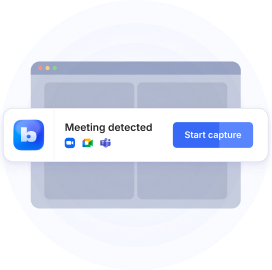
Have you ever wished you could revisit a critical meeting discussion or share important information with someone who wasn't present? Microsoft Teams recordings offer a valuable solution.
By reviewing these recordings, you can gain insights into discussions, decisions, and action items, improving communication, collaboration, and overall team effectiveness. By reading further, you'll gain a comprehensive understanding of how to efficiently locate and utilize these recordings in the document library.
Where Can You Find A Microsoft Teams Recording?
Before 2021, Microsoft Teams meeting recording were automatically saved to Microsoft Stream. However, now their storage location depends on the type of meeting. Finding a way to record Teams meetings involves checking the respective SharePoint or OneDrive recordings folder, depending on whether your meeting was held in a channel or was a private session.
Channel meeting
The location of your Microsoft Teams recordings depends on the type of meeting you had:
Recordings from meetings held in a specific channel are stored in a "Recordings" folder within the team's SharePoint site associated with that channel. To locate these recordings, go to the "Files" tab of the channel where the meeting took place. All channel members have access to view and manage these recordings, not only the organizer, making it easy for everyone involved to access the meeting content.
Other meetings
Recordings from meetings not tied to a specific channel are saved in the OneDrive "Recordings" folder of the person who initiated the meeting recording. You can find the Teams recording location in the meeting recorder's OneDrive folder. While all meeting participants can view the recordings, only the organizer or the person who started the recording can edit them. This setup is typically used for meetings involving people from different departments or external contacts.
How to Find Your Microsoft Teams Meeting Recording
Easy ways to find a Teams meeting recording after your conference:
Locate channel meetings recordings in Teams
When your record Teams meetings, these meeting details are available to all members of Teams meetings channel conversation, regardless of whether they were formally invited. The recordings for these meetings are stored in SharePoint. Here’s a detailed guide on how to locate them:
How to find channel meeting recordings:
- Open Microsoft Teams and navigate to the team and channel where the meeting was held.
- Click on the team Files tab located on the top bar within the channel.
- Look for the Recordings folder within the Files tab and select it to view the available recordings.
This folder contains all the recordings from meetings held within that channel, making it easy for channel members to access and review meeting content.
Locate recordings of non-channel meetings
Non-channel meetings, also referred to as personal, standard, or private meetings, are designed to ensure privacy for participants.
The recordings of these meetings are saved in the OneDrive folder of the person who started the recording, and they will receive a notification when the recording is ready to access.
How to find non-channel meeting recordings:
- Open your computer's OneDrive directory.
- Find and select the Recordings folder, where all your meeting recordings are usually stored.
How To Share A Meeting Recording
To share a private meeting recording with individuals who were not part of the meeting, follow these steps:
1. Open OneDrive or SharePoint.
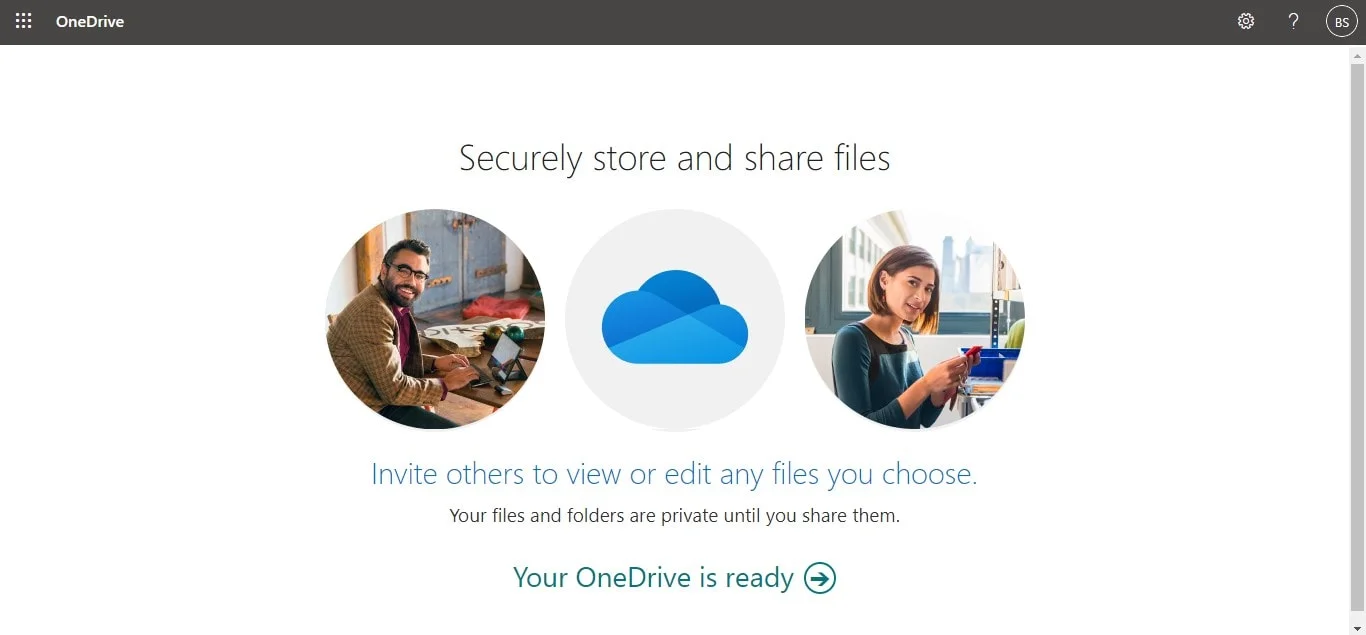
2. Locate the recording you wish to share in your media file.
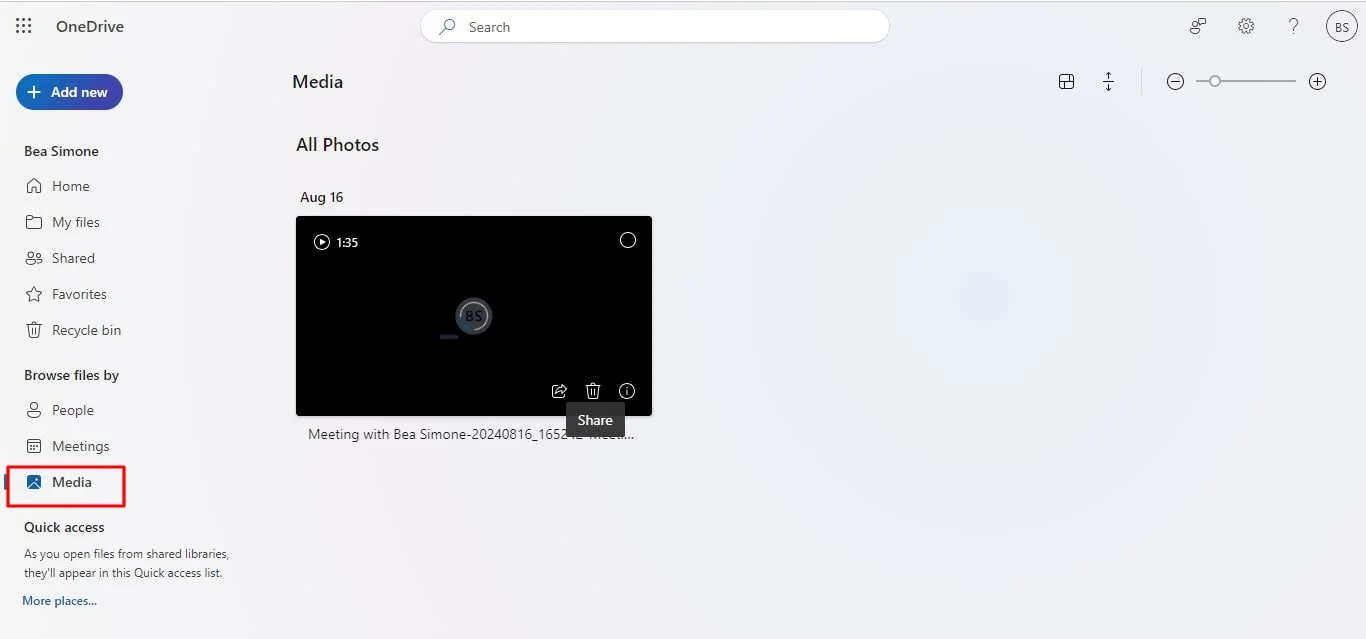
3. Select the recording.
4. Click the Share button at the bottom left.
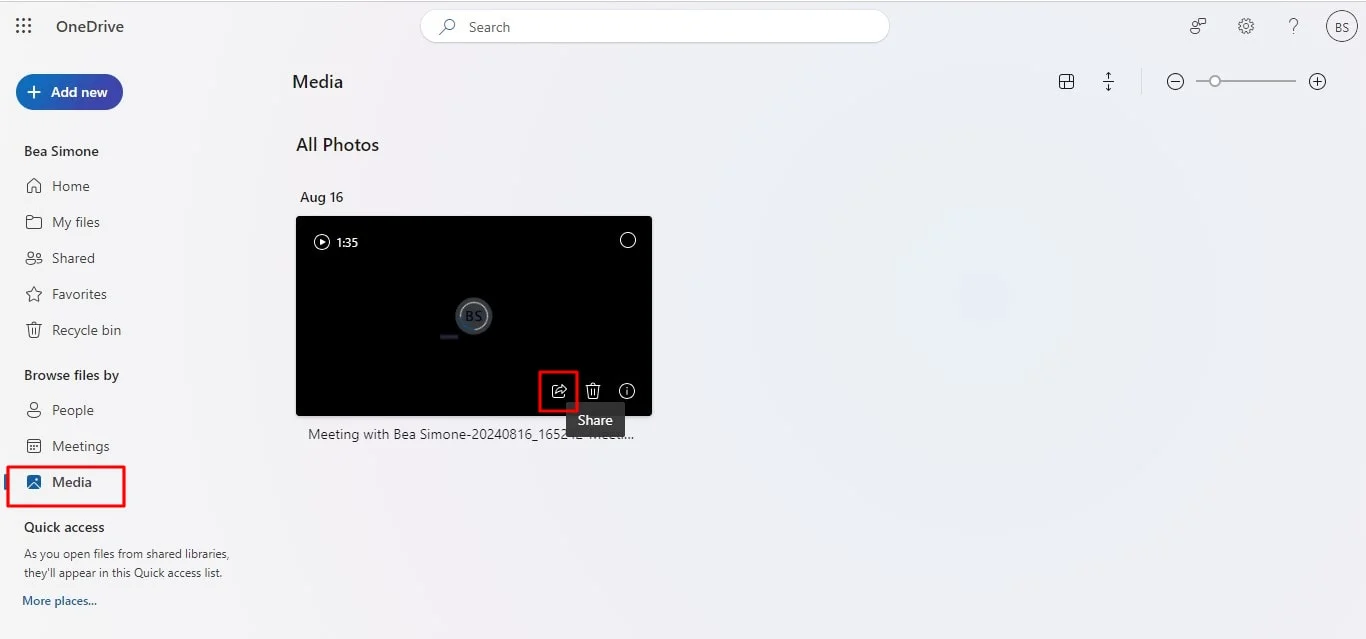
5. Choose to either copy the link and share it in a meeting chat, or enter the email addresses of the recipients.
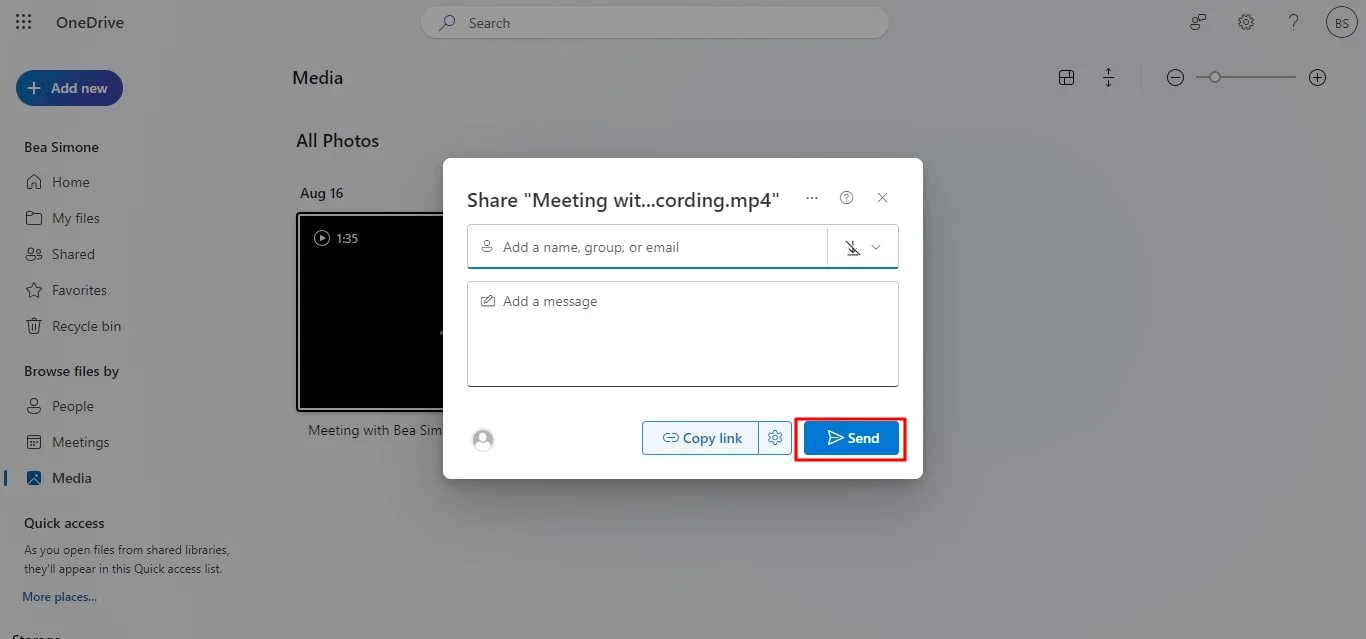
6. Click Send.

How To Change The Recording Location In Microsoft Teams
Microsoft Teams recording doesn't allow you to directly change the default recording location. The storage location is automatically set based on the type of meeting (channel or non-channel).
However, you can manually move a recording to a different location after it's meeting link has been created:
To move a recorded Teams channel meeting from its default SharePoint location:
- Visit the Teams channel: Navigate to the specific Teams channel where the meeting took place.
- Open SharePoint: Access the SharePoint folder associated with that channel.
- Locate the recording: Find the recording you want to move.
- Right-click options: Right-click on the recording.
- Select "Move To": Choose the "Move To" option.
- Choose new location: Select the desired location where you want to store the recording.
For group or private meetings recorded in OneDrive:
- Access the recording: Locate the recording in your OneDrive.
- Right-click Options: Right-click on the recording.
- Select "Move To": Choose the "Move To" option.
- Choose new location: Select the desired location where you want to store the recording.
Conclusion
The way you locate your Microsoft Teams recordings has changed from relying on Stream to using SharePoint and OneDrive. Teams Channel meetings now save recordings in the SharePoint recordings folder, while non-channel meetings are kept in the OneDrive Recordings folder of the person who initiated the recording.
To maximize the value of your scheduled meeting recordings, especially when screen sharing is involved, Bluedot is an excellent choice for a recording feature.
Bluedot not only ensures high-quality recordings but also offers advanced features that enhance your overall experience. It provides detailed recording transcriptions, auto-generated emails, customizable meeting templates, and secure storage to record meetings. This makes it easier to capture, manage, and retrieve important details from your meetings, setting Bluedot apart as a comprehensive tool for effective meeting management.
FAQs
Can anyone access the Teams meeting recordings if they were not the meeting organizer?
Access to the recorded Teams meetings recordings depends on the meeting type. For channel meetings, recordings are available to all channel members through the SharePoint Recordings folder. For non-channel meetings, only the meeting organizer or the person who started the recording has control over who can view or edit it in the Teams recording location.
How can I find a recording of a Teams meeting scheduled through the Teams calendar?
If you scheduled the meeting using the Teams calendar, the recording will be saved based on the meeting type. For channel meetings, check the Recordings folder in SharePoint associated with the channel.





